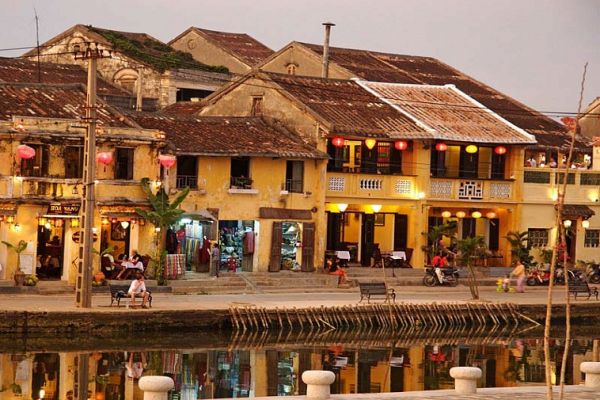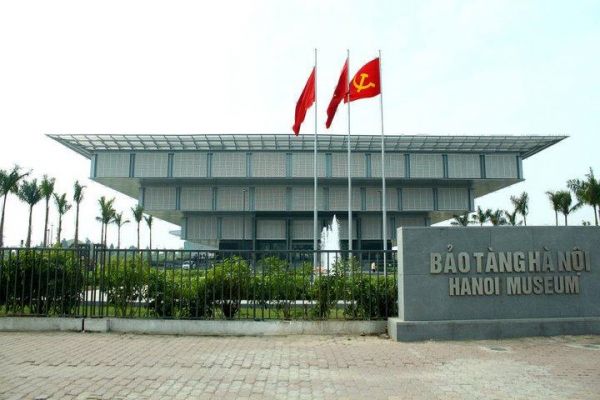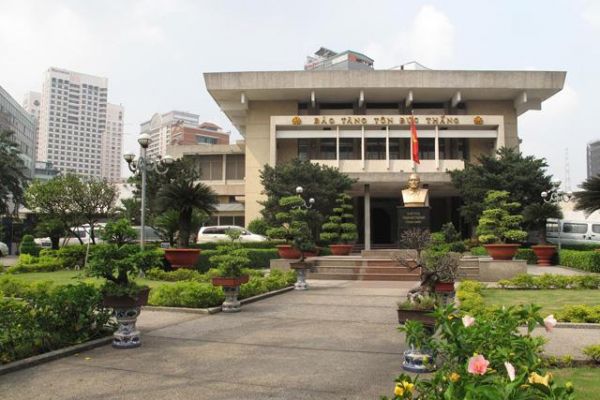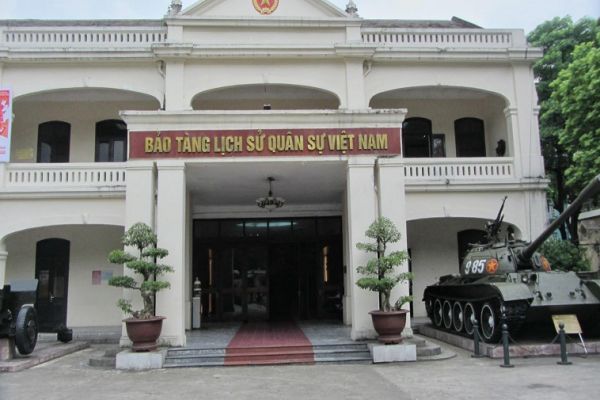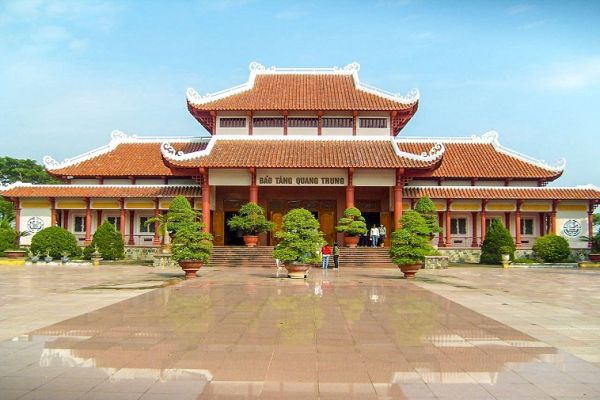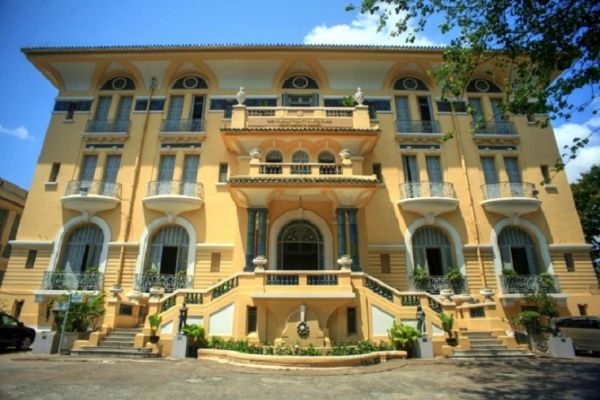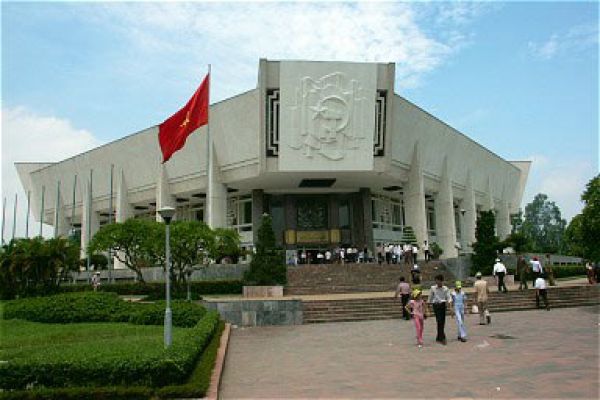Many American war planes, tanks and bombs used in the Vietnam War displayed near the entrance of the War Remnants Museum.

Located on Vo Van Tan in District 3, Ho Chi Minh City, the museum was originally called The House for Displaying War Crimes of American Imperialism and the Puppet Government. After that this was shortened to the Museum of American War Crimes and then to the simpler War Crimes Museum, which remained the name until the early 1990s. Although the name has changed, but the museum’s sentiments have not; it focuses heavily on displaying the crimes and atrocities of war and most of the examples displayed were allegedly perpetrated by Americans.
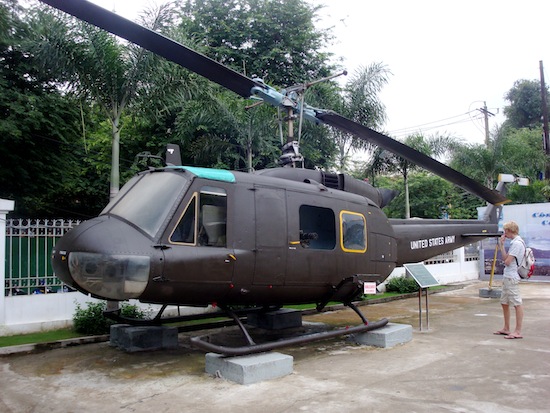
Passing through the gate, you will find yourself in a courtyard filled with military vehicles, unexploded ordnance, get a chance to get up close and personal with period equipment from the war era, including a Huey and Chinook helicopter as well a fighter jet and tank taken from the South Vietnamese Air Force. Nearby the museum you will also find a small stockpile of bombs, we presume deactivated, to give you an idea of what was dropped on the country.
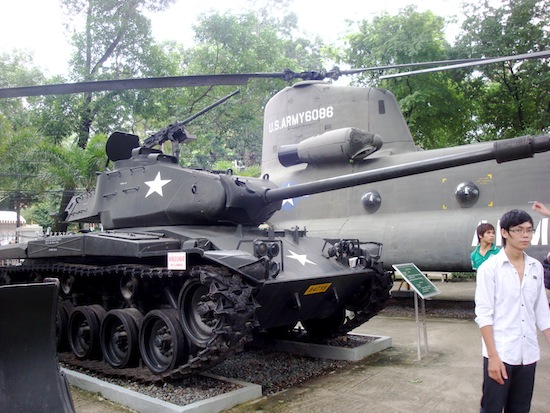
Kind of a small tank.
More interesting exhibits outside of the museum are found to the far left side of the main hall. You'll find a life-sized recreated French POW camp, which houses displays of some of the torture devices, such as barbed-wired tiger cages, and shows torture methods used during the conflict. Many of the displays are complete with mannequin bodies positioned inside. This is also where you will find a guillotine actually used in executions until 1960.
Inside, the museum is divided into three levels with a variety of exhibits, such as weaponry, propaganda and children’s artwork. Special sections include the Hall of Historical Truths, which shows press and propaganda denouncing the US government between the 1960s and 70s, and the International Support for the Vietnamese People Room, where offerings from various world bodies opposing the entry of the Americans. I impressed one of the most powerful displays in the Requiem exhibit, a collection of photographs taken by journalists who were killed during the war. All displays have accompanying fact cards in both Vietnamese and English, giving you plenty to read as you stroll through.

The museum isn’t for everyone; some of the displays are graphic and shocking; while there may be no easier way to drive home the point that war is bad, what is displayed may not be suitable for the faint of heart or children. But if you want to explore the war history, this is your place. The brutality of war is on full effect and you couldn’t go to many other places in the entire world where this is more evident. Walking through the museum would be a necessary companion to a trip to the Cu Chi Tunnels; many tour companies partner a trip to the museum with a trip to the tunnels. Because of this, the best time to visit the museum is in the morning, as you will avoid the tour groups who flood the museum later in the day.

Reunification Palace
After visiting the musuem, you can go for a short walk from the Reunification Palace or a five-minute drive from the Southern Women’s Museum. Further outside of downtown you could also visit the Southeast Armed Forces Museum, about a 20-minute by taxi for more information about the earlier Indochina wars with France.
Source: travelfish.org

